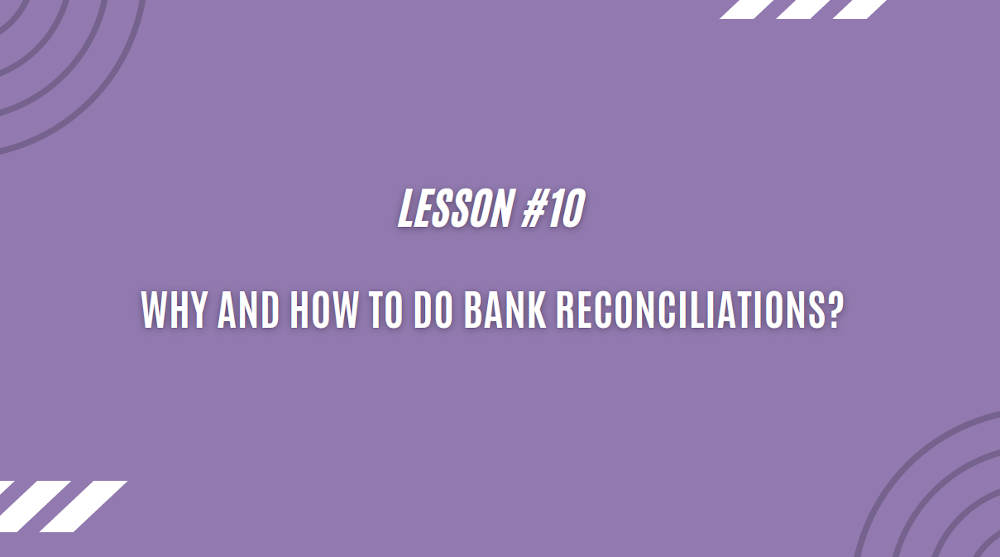The countdown continues… Just 2 lessons left and our FREE course \”Introduction to XERO and Benefits for eCommerce\” will be finished. I hope you enjoy it as much as I do.
This is good stuff!
Lesson 10 – Why and how to do bank reconciliations?
First of all, why we do bank reconciliations? It\’s not only a question of looking at your closing balance at the month end or year and then comparing with the bank statement that you have with the books.
It\’s about matching every single transaction in your bank with every single sales and purchase transaction in Xero. Once they are matched it means that the payments are applied to the invoices in Xero, it\’s clear there is no money outstanding. Once every transaction is matched you are coming the final effect that both balance on the bank statement and in Xero have to match. Then you know which invoices have been paid and which are still outstanding.
Share:
More Posts
Send Us A Message
The main purpose is to match your payments and receipts with your transactions in Xero so you know what was paid and what wasn\’t paid in relation to your purchase and sales transactions.
Doing bank reconciliations in Xero is really easy beacuse the system is linking with your online banking. On the left hand side you can see your bank statement lines, this can be pulled automatically from your online banking. The system will do it in background, once you link it with online banking, you don\’t have to do anything, it will pull the transactions line by line from what went through your bank. Alternalively you can upload the bank statements manually to Xero.
On the right hand side you see the transactions processed in Xero, your purchase invoices, your sales invoices, whatever other entries you posted in Xero, they are in here. All you need to do is match one with the other. The system is suggesting matches straight away.
For example, it is recognizing that on the 16th of November you received 6,000 from a customer Ridgeway University and it is recognizing that there was a sales invoice issued to Ridgeway University for the same amount. Xero is suggesting – that\’s a match. That\’s a payment for this invoice. You click OK and it\’s gone, it\’s reconciled.
Some of the reconciliations will be simple and straightforward but for some transactions Xero will not suggest direct matches. However, there are explanations for this and you can find out what cases these are and then it won\’t be difficult to match them.
For instance, Smart Agency payment for 4,500 and there is no match. We can expand our search and type in the name of the supplier, untick \”USD amounts only\” because it may be a payment in a different currency. And we have two matches suggested, one invoice for 2,000 and one invoice for 2,500. We tick both of them and the system is telling us that it\’s a match. Click \”Reconcile\” and it\’s as simple as that.
You should go through bank reconciliations regularly, depending on the number of transactions. It could be every day for a high volume of transactions but I would suggest at least weekly.
When you do it regularly you stay on top. You know that you received payments from your customers, you know that you paid your suppliers and you have much better control of your business.
That would be it in relation to high level overview of Xero. The system is really not difficult to use, it\’s very intuitive but it is very capable and flexible. It has many options which allow to make your life easier.
Ready to find out more?
https://youtu.be/UO9rAU13Lu0


